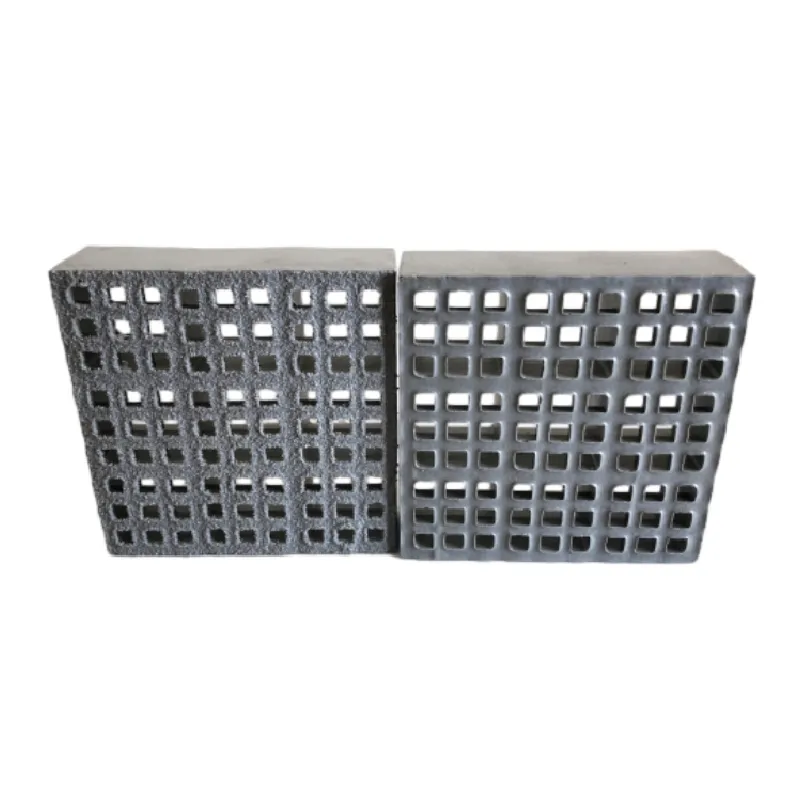loading...
- No. 9, Xingyuan South Street, Dongwaihuan Road, Zaoqiang County, Hengshui, Hebei, China
- admin@zjcomposites.com
- +86 15097380338
- Welcome to visit our website!
Exploring the Applications and Benefits of FRP Angle Bars in Construction
The Versatility of FRP Angle Bars in Modern Engineering
Fiber Reinforced Polymer (FRP) angle bars are gaining popularity in various engineering applications due to their remarkable properties and versatility. Made from a combination of polymer matrices reinforced with fibers such as glass, carbon, or aramid, FRP angle bars deliver enhanced strength, durability, and resistance to environmental factors compared to traditional materials like steel and aluminum.
The Versatility of FRP Angle Bars in Modern Engineering
In addition to their strength and weight benefits, FRP angle bars also exhibit impressive corrosion resistance. Unlike traditional metals, which can oxidize and degrade over time when exposed to harsh environments, FRP materials maintain their structural integrity. This resilience makes them suitable for applications in coastal areas or industrial settings where exposure to chemicals and moisture is common. By using FRP angle bars, engineers can significantly extend the lifespan of structures, resulting in lower maintenance costs and improved safety.
frp angle bar

Another crucial benefit of FRP angle bars is their design flexibility. Manufacturers can produce these bars in various shapes, sizes, and colors to meet specific project requirements. This adaptability in design allows architects and engineers to implement innovative solutions in their designs, contributing to more aesthetically pleasing structures while ensuring functionality.
Furthermore, FRP angle bars are non-conductive, making them ideal for electrical installations and projects where electromagnetic interference can be an issue. Their non-magnetic properties also benefit applications in sensitive environments, such as hospitals or laboratories, where minimizing disruptions is critical.
In conclusion, FRP angle bars are poised to revolutionize modern engineering with their superior strength-to-weight ratio, corrosion resistance, design flexibility, and non-conductive properties. As industries continue to seek sustainable and efficient materials, the demand for FRP products is expected to grow, paving the way for innovative engineering solutions across various sectors. Embracing these advancements will lead to safer, more durable structures capable of withstanding the test of time.
-
The Rise of FRP Profiles: Strong, Lightweight, and Built to LastNewsJul.14,2025
-
SMC Panel Tanks: A Modern Water Storage Solution for All EnvironmentsNewsJul.14,2025
-
GRP Grating: A Modern Solution for Safe and Durable Access SystemsNewsJul.14,2025
-
Galvanized Steel Water Tanks: Durable, Reliable, and Ready for UseNewsJul.14,2025
-
FRP Mini Mesh Grating: The Safer, Smarter Flooring SolutionNewsJul.14,2025
-
Exploring FRP Vessels: Durable Solutions for Modern Fluid HandlingNewsJul.14,2025
-
GRP Structures: The Future of Lightweight, High-Performance EngineeringNewsJun.20,2025
